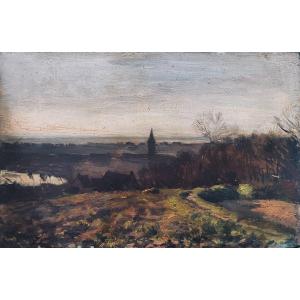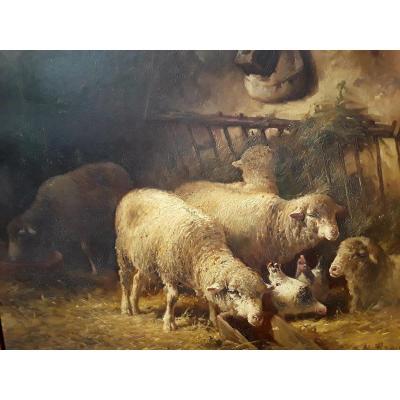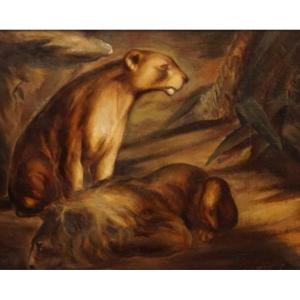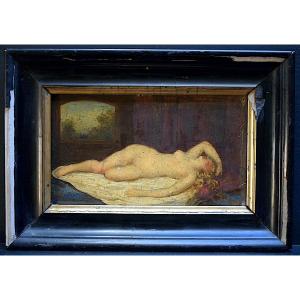"In 1878, Adolf Hengeler began an apprenticeship as a lithographer with the drawing professor Markmiller. In 1881, Hengeler entered the School of Applied Arts; Professor Ferdinand Barth supported him.
From 1885, he studied at the Munich Academy, first with Johann Leonhard Raab, director of the copperplate engraving school, and then for two years in the painting class of Wilhelm von Diez. While still a student, from 1884 onwards, Adolf Hengeler, one of the most enthusiastic contributors to the Fliegende Blätter, created more than 5,000 drawings. In 1900, Hengeler began painting, influenced by Franz von Lenbach, Arnold Böcklin, Carl Spitzweg, and Franz von Stuck.
He now transferred to brush and canvas the intensity and free power of his style, which he had previously dedicated to graphics. In 1902, Hengeler became a full professor and in 1912 a professor at the Munich Academy. His students included Gisbert Palmié and Fritz Wrampe. From 1893 onward, Hengeler regularly participated in the exhibitions of the Munich Secession and the Great Berlin Art Exhibition, as well as in the exhibitions at the Munich Glass Palace (1898 ff., 1897, 1901, 1913), the exhibitions in Dresden, Düsseldorf, and elsewhere. For the New Town Hall in Hanover, inaugurated in 1913, he painted the mural "Homage to Spring" opposite the ladies' restrooms.






















 Le Magazine de PROANTIC
Le Magazine de PROANTIC TRÉSORS Magazine
TRÉSORS Magazine Rivista Artiquariato
Rivista Artiquariato
